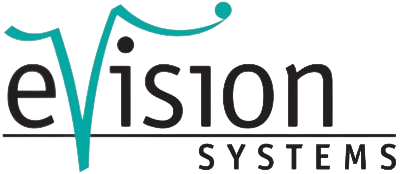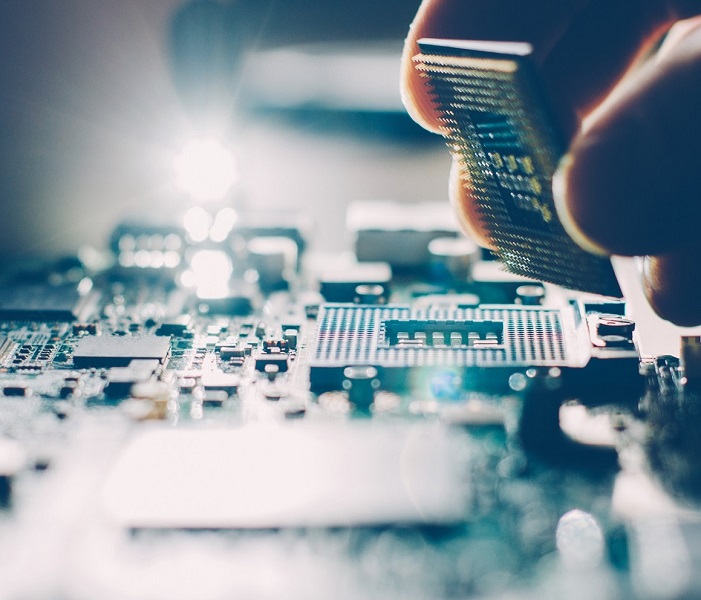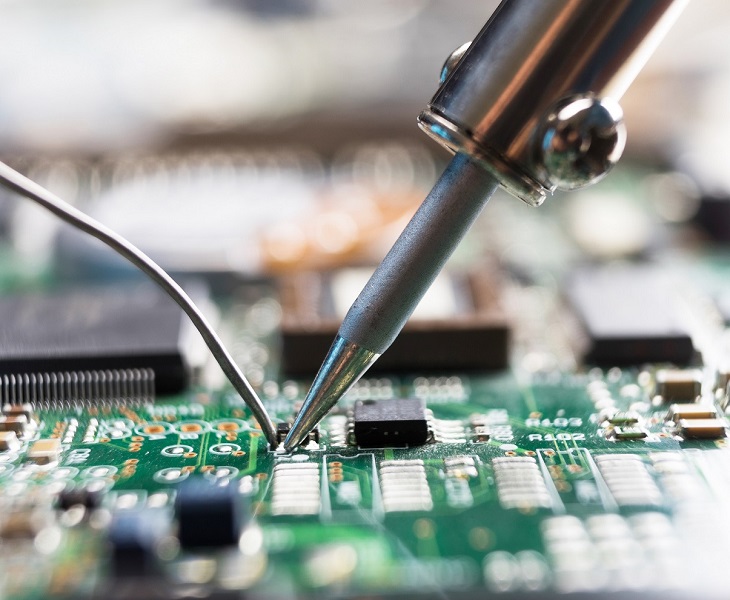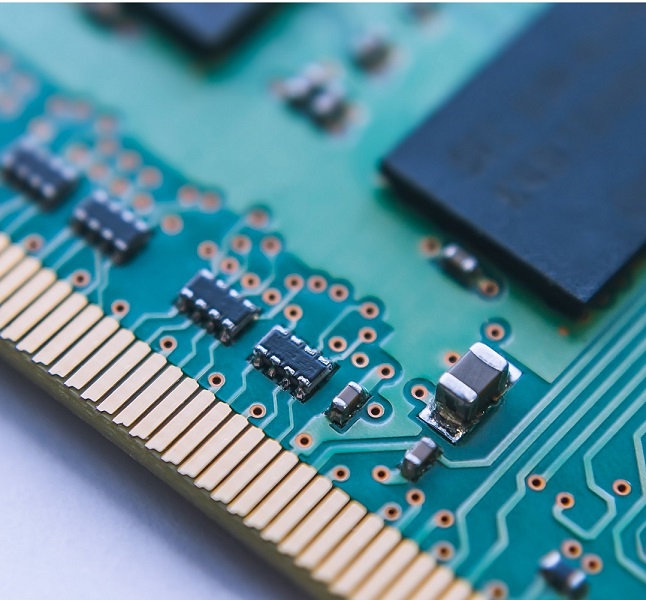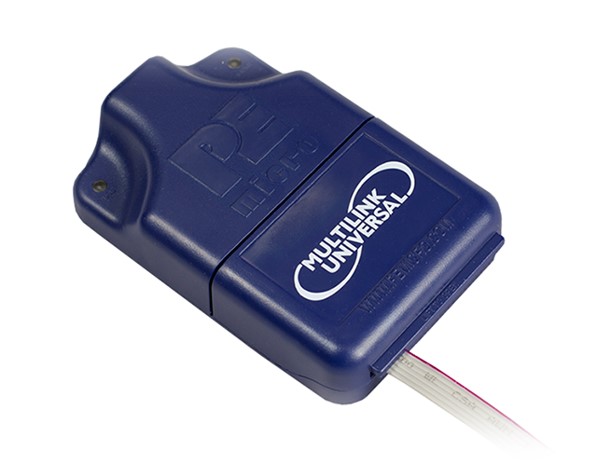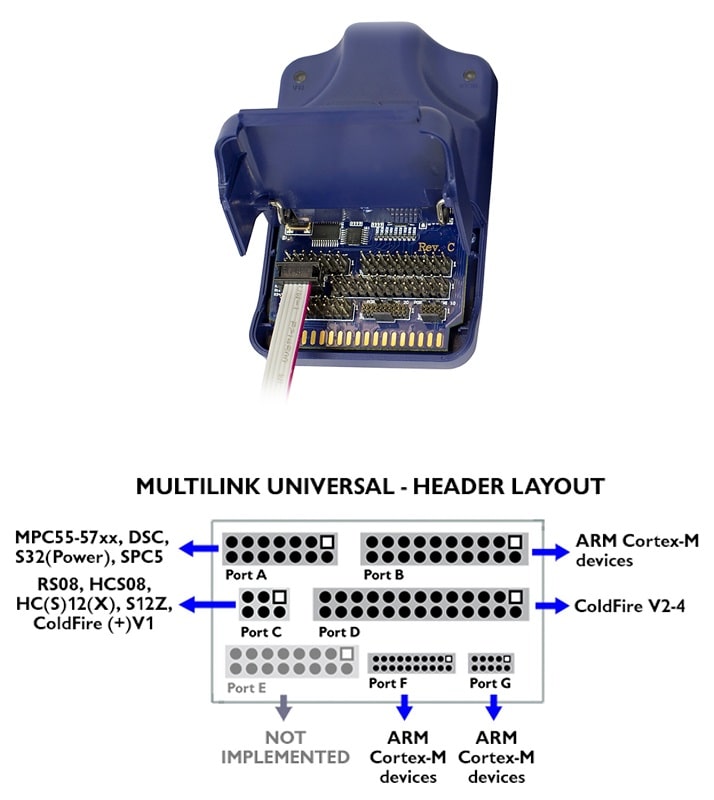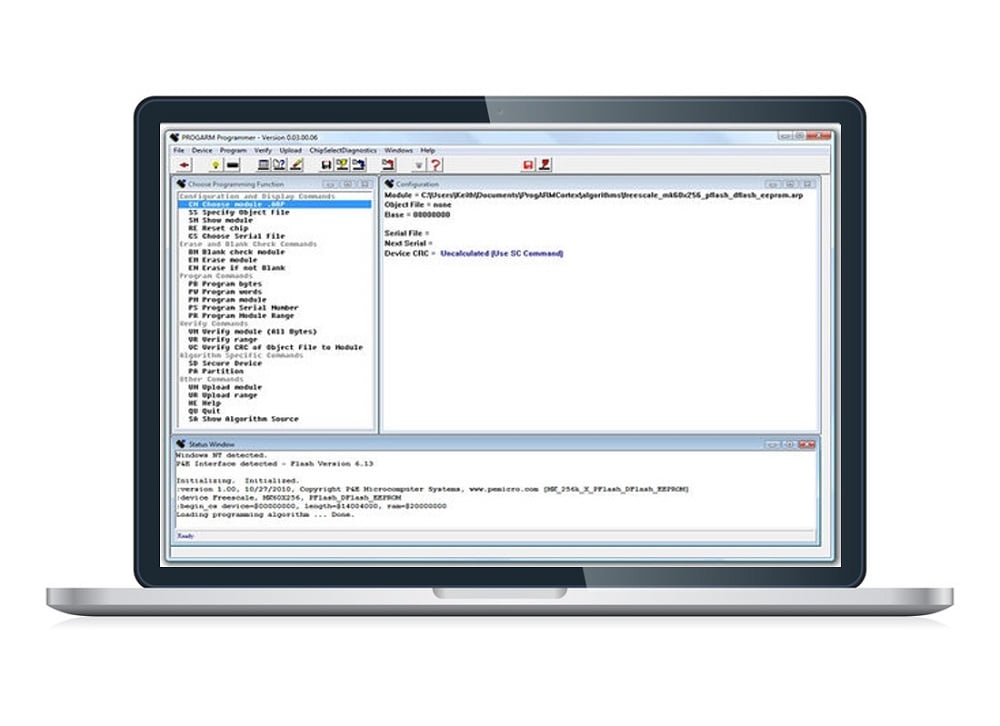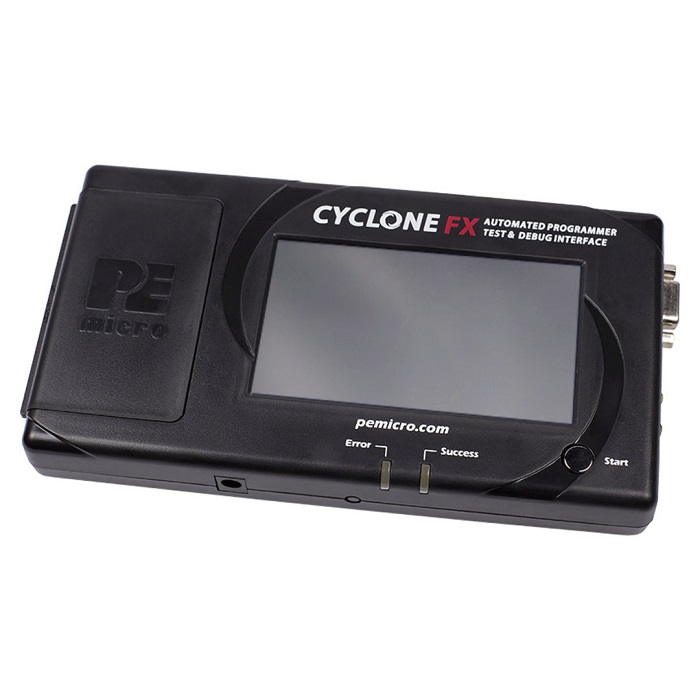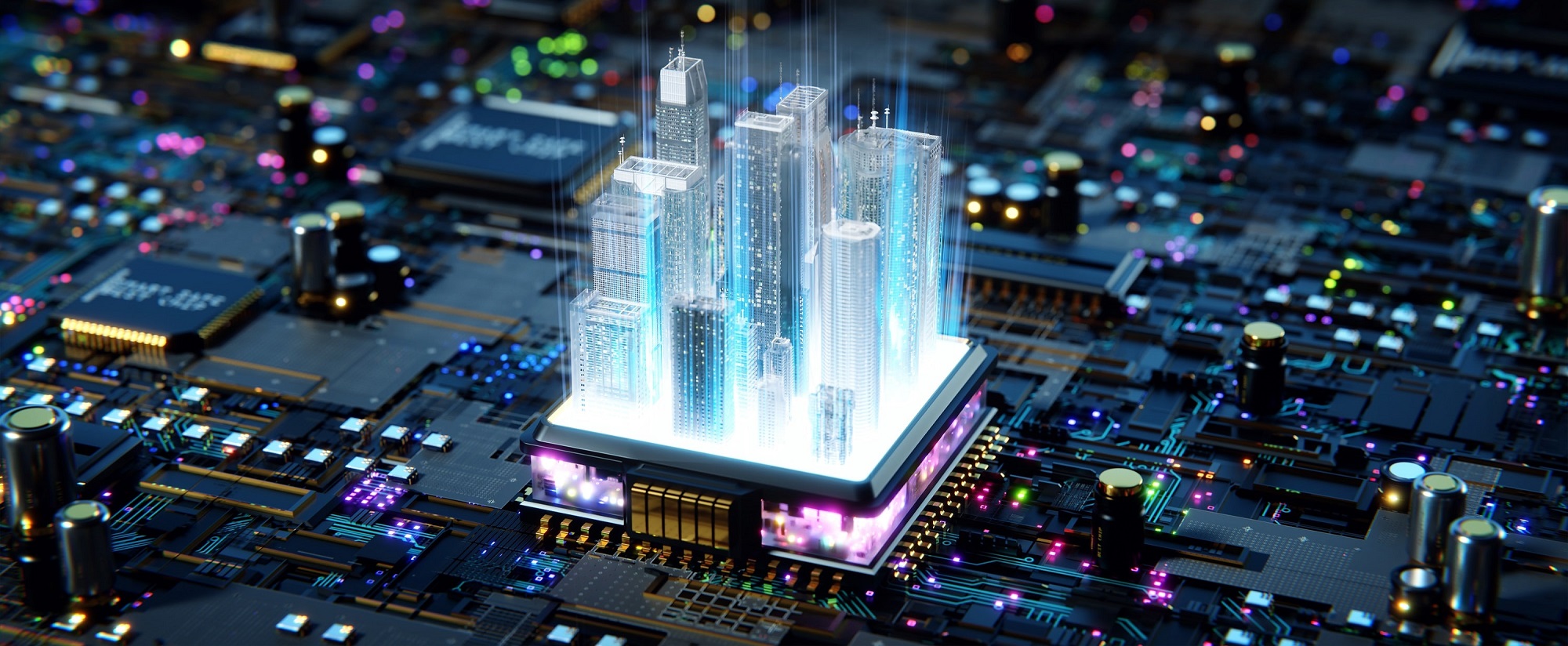
Features of IoT microcontroller
Why are new microcontrollers needed for IoT?
Every day, new devices are popping up in homes, offices, hospitals, factories, and thousands of other places that are part of the Internet of Things (IoT). It is clear that they need to be connected to the internet and that a large amount of raw data needs to be collected, stored and processed in the cloud. Many of the microcontrollers that are used here were not even manufactured for use in IoT applications, but were either upgraded or converted. This inevitably means that essential properties that are required for IoT devices are not available.
Properties and requirements of IoT microcontrollers
The specific properties of a microcontroller naturally depend on the exact application, but the basic ability to connect devices to the cloud and to get the maximum benefit from an Internet connection at the device level is the same for every IoT application. For this reason there are some requirements and properties that all classes of IoT devices have in common.
Low energy consumption
Many IoT devices are powered by batteries. The developers want a maximum operating time between two charging processes with the smallest possible size and cost of the battery. Even with mains-operated devices, good energy efficiency helps with thermal management and allows the developer to keep the size and cost of components such as heat sinks low.
High computing power
In many cases, the Internet connection is used to generate and use data. For this purpose, the IoT devices are equipped with numerous sensors and input devices. In addition, users are increasingly demanding smartphone-like interfaces with graphic displays and touch recognition. These features require considerable computing power - a requirement that usually runs counter to the desire for low energy consumption.
Safety
When operating on the global Internet, IoT devices must protect the privacy of the user, protect themselves from attacks, verify identities and prevent unauthorized access to or changes to the data. The security requirements for an IoT device are therefore much higher than those that are usually placed on comparable devices that are not connected to the Internet.
Interfaces
Interfaces such as USB and Ethernet are common in older microcontrollers and processors. However, many new IoT devices require a wireless connection. The standardized Bluetooth Low Energy (BLE) and WiFi have proven to be preferred technologies here, as they are supported by billions of smartphones and tablet PCs already in existence.
Conclusion
A microcontroller is the heart of an IoT device and defines the functions and properties of the IoT end product. Due to the variety of requirements, older microcontroller families are only partially suitable for IoT applications. They are designed for devices that have been optimized for either low power or high performance, but not both. The security functions of the older microcontrollers are also limited. In addition to the microcontroller, developers of IoT devices must therefore plan discrete security components such as authentication ICs and cryptography processors in their IoT devices. Additional discrete components are also generally required for the interfaces. This means that developers are faced with the disadvantages of a large number of components and a large printed circuit board, and they also have to accept further compromises between performance and energy consumption. Instead, the specially manufactured IoT microcontrollers should be used in order to obtain the best properties for the respective design.
Examples of IoT microcontrollers: Cycpress PSoC® 6
PSoC® 6 closes the gap between expensive, performance-hungry application processors and low-performance microcontrollers (MCUs). The ultra-low power PSoC 6 MCU architecture provides the processing power required by IoT devices and eliminates the tradeoffs between performance and performance. The PSoC 6 MCU incorporates a dual CPU architecture with both CPUs on a single chip. It has an Arm ® Cortex ® -M4 for high-performance tasks and an Arm Cortex-M0 + for tasks with low power consumption. Your IoT system is protected with integrated security.
Programmer for the Cypress PSoC® 6 microcontroller family
In order to provide the IoT microcontroller with your special application, a dedicated programmer is required.
